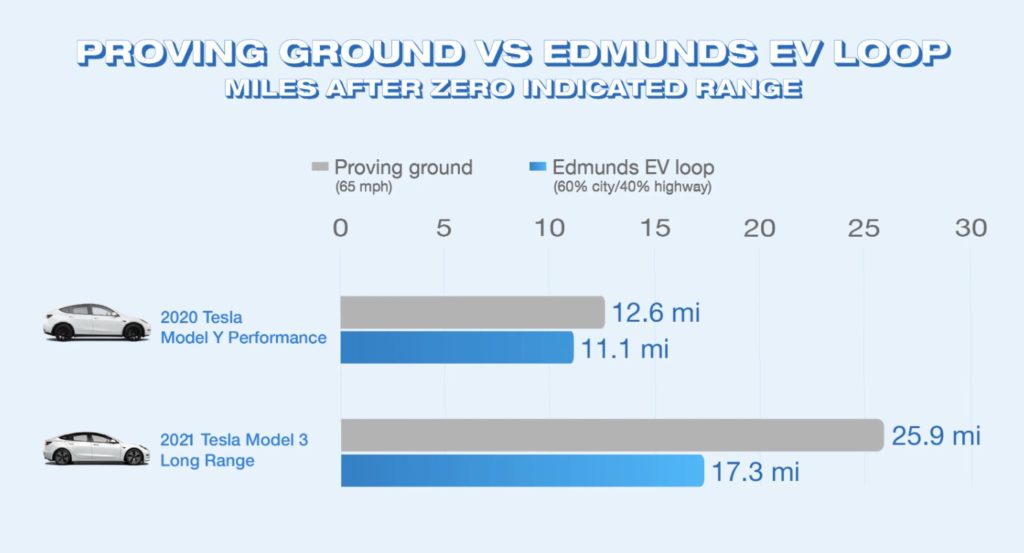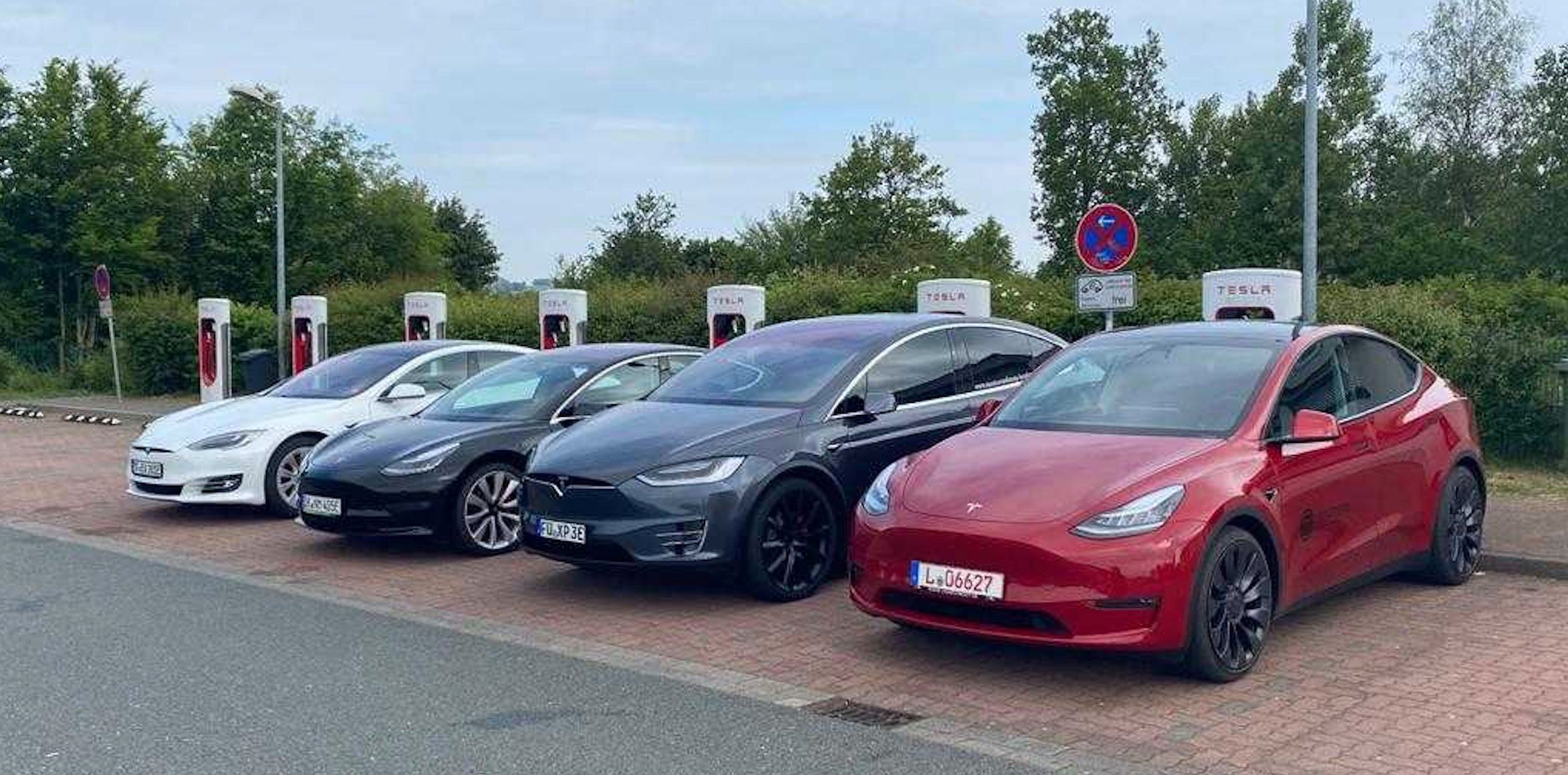Tesla today has one of the most extended electric ranges on the market, thanks mainly to the use of highly efficient powertrains. The Model 3 Standard Range Plus RWD is considered the most efficient electric vehicle for sale in the United States, ahead of models like the Hyundai IONIQ Electric.
However, for some time now, more and more American media have criticized that the difference between their cars’ real range and the one approved under the EPA cycle is higher than that of most competing models. Following a test conducted by Edmunds, the company has responded to these allegations for the first time.

Edmunds, who has also tested vehicles such as the Ford Mustang Mach-E or the Volkswagen ID.4, said after his test that Tesla uses more optimistic autonomy figures in its advertising than other manufacturers. However, the US company later contacted them to clarify this point.
According to Tesla, the announced range include the battery buffer that your cars have left once the chart indicates that the remaining range is equal to zero. However, it should be noted that in reality, no user is going to try to continue using their vehicle once they see that the battery has run out, until now.
“Needless to say, Tesla was not happy with our test results, and we received a phone call. Tesla’s engineers disputed our figures. They argued that we’d underestimated their cars’ true range because our test ran to an indicated zero miles rather than to a stop.
Tesla argued that even when the indicated range hits zero, there’s still a safety buffer. The engineers reckoned that if you add this buffer, the distance measured to when the battery is spent, their cars would match the EPA results.”

